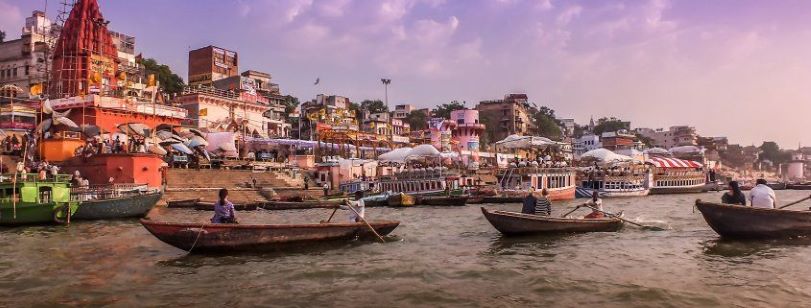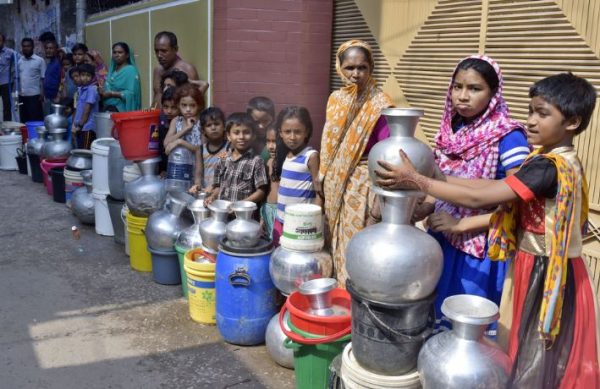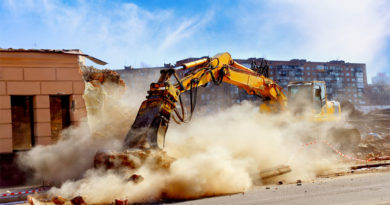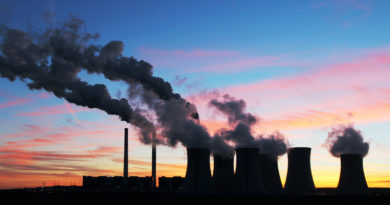Ganga Riverbed Oxygen Levels Drop Due to Excessive Pollution
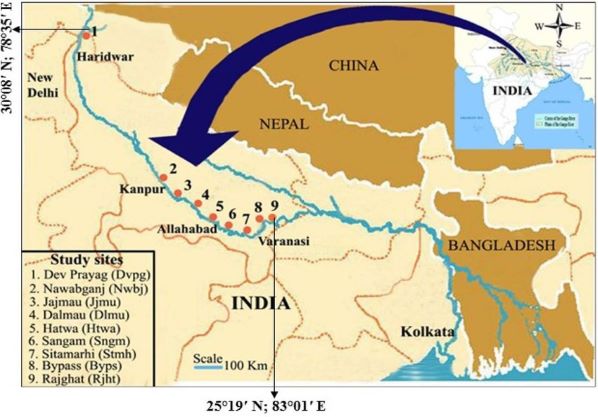
Researchers at the Banaras Hindu University, Varanasi have found that the excess pollution in the Ganga river is not only polluting the water but also causing a deficit of dissolved oxygen in the riverbeds in some of the most polluted stretches of the Ganga river.
The study was conducted during the summer months of three consecutive years – 2016 to 2018. Researchers chose a middle reach of the river, a 518 km long stretch, between Kanpur and Varanasi, which is considered to be the most polluted region. The study also included the downstream regions of two drains, Wazidpur drain in Kanpur which releases 54 million liters per day (MLD) of industrial waste and Assi drain at Varanasi that releases more than 66 MLD of sewage waste into the river.
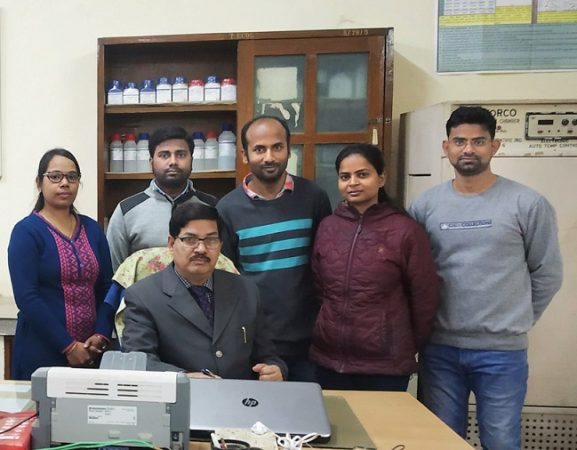
“Riverbed sediment acts as a sink of many water pollutants including organic carbon, nutrients, and heavy metals. The metabolic processes occurring in the riverbed sediment scavenge a large amount of oxygen dissolved in the water column”, explained Jitendra Pandey, a member of the research team at the Banaras Hindu University, Varanasi.
Dissolved oxygen is an important parameter that determines health and rejuvenation capacity of any riverine ecosystem. The amount of dissolved oxygen in a river depends on atmospheric supply of oxygen, photosynthetic process, and oxygen-consuming metabolic and chemical processes.
Adequate dissolved oxygen is necessary for good water quality. Oxygen is a necessary element to all forms of life. Natural stream purification processes require adequate oxygen levels in order to provide for aerobic life forms. As dissolved oxygen levels in water drop below 5.0 mg/l, aquatic life is put under stress. The lower the concentration, the greater the stress. Oxygen levels that remain below 1-2 mg/l for a few hours can result in large fish kills.
If dissolved oxygen falls below the threshold of 2 milligram per liter, it can lead to mass killing of fish and harm other aquatic life.
The dissolved oxygen in subsurface water and at the interface of sediment and water was lowest in the Jajmau region in Kanpur, the most polluted stretch of Ganga where over 202 MLD of industrial effluents are directly released into the river.
Also, the sediment oxygen demand in the riverbed sediment was associated with a high level of oxygen-demanding chemicals rather than organic matter alone.
“High amount of organic carbon and oxygen-demanding chemicals such as ammonia, iron and manganese are flushed into the river from different sources. So far, most of the agencies focus mainly on biological oxygen demand (due to organic matter) including those in wastewater treatment. Our results suggest that for rejuvenation of Ganga, authorities should focus also on the reduction of chemical oxygen demand along with the biological oxygen demand to enhance the ecological assimilation capacity of the river,” said Pandey.
Shockingly at the two drains, the dissolved oxygen at the interface of sediment and water was close to zero at the mouth of both the drains.
Interestingly, the Kumbh festival in early 2019 has ensured that work was completed on a war footing on some of the drains and STP’s in this stretch , that ensured a satisfactory improvement in water quality for the millions of devotees from January to March 5 at Allahabad, when the festival ran its course.
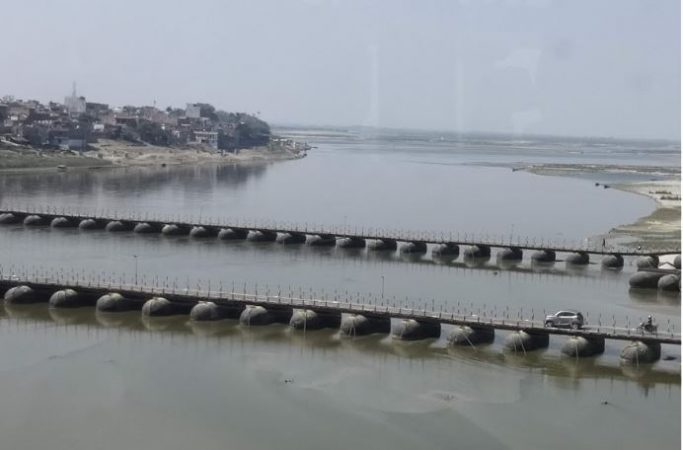
(Picture credit: ResearchGate, India Science Wire)



